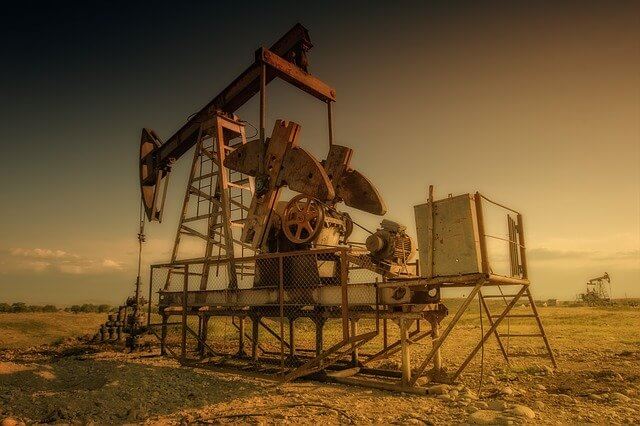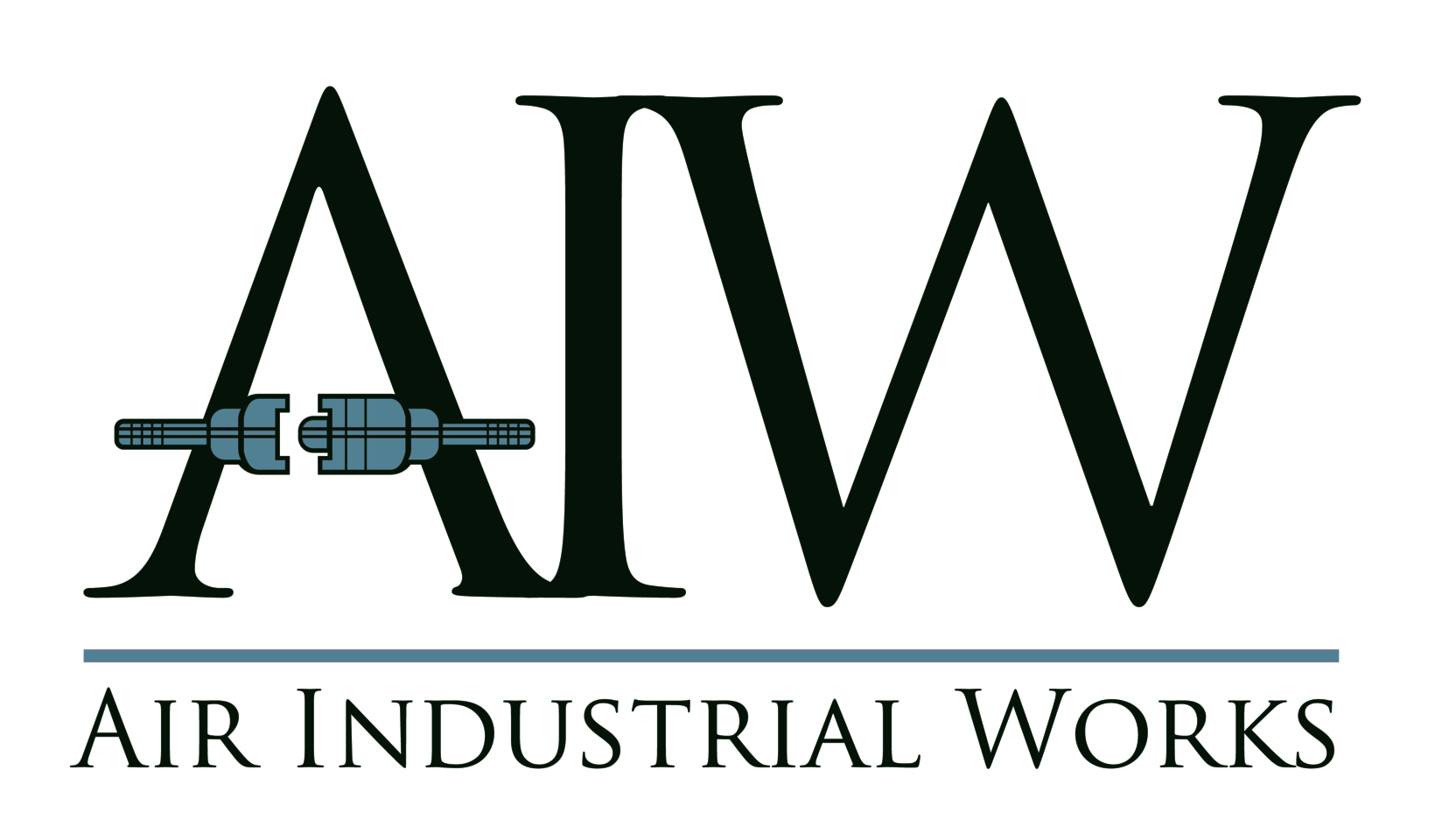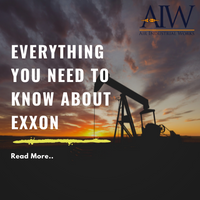Everything you need to know about Exxon
Posted by AIW on Nov 30th 2021
Exxon
Exxon is the brand that fuels and lubricates the world! It is not a mere statement; instead, it is a fact as Exxon has been providing stunning services in the oil industry for more than a century now. The journey of Exxon is unique, and you can witness the footprint of Exxon throughout the world. There are high chances that you have already used any product of Exxon without knowing! It happens because there is less awareness about Exxon. So, let’s understand everything you need to know about Exxon.
What is Exxon?
Exxon is the brand name of Exxon Corporation, and Exxon Corporation was incorporated after changing the name of Standard Oil of New Jersey in 1973. In this way, the old company name of Exxon was Standard Oil, and Standard Oil was incorporated in 1870, although the work was already started in 1863. In this way, the original company behind Exxon is one and a half-century old!
What is the difference between Exxon and ExxonMobil?
The two companies, namely Exxon and Mobil, were merged into one company and became ExxonMobil on November 30, 1999. As explained above, Exxon Corporation was the new name of Standard Oil of New Jersey. The same is the case with Mobil, as Mobil was incorporated by changing the name of Standard Oil of New York. Why are so many names changing and merging? Standard Oil was a big company at the start of the 19th century, employing over 60,000 people, and the US Supreme Court ruled it as an illegal monopoly. Hence, the whole thing! We would look into the details of its exciting history, but first, let's understand how ExxonMobile Operates?
How does ExxonMobil Operate?
The operations of ExxonMobil are divided into the following divisions:-
Upstream Operations
The upstream operations division of ExxonMobil focuses on the exploration of oil, extraction, and wholesale operations. This operations division is based in Houston, and it accounts for about 70% of the company's total revenues. Moreover, the activities in upstream operations are concentrated around Permian Base, Woodford Shale, Bakken Formation, Gulf of Mexico, and Caney Shale.
Midstream Operations
The midstream operations of ExxonMobil concentrate on transporting and refining the upstream production. The refineries of ExxonMobil use high-power diaphragm pumps in compressors to pump air and oil as only the diaphragm pump is the best pump for fuel transfer. Furthermore, ExxonMobil uses these diaphragm pumps for bulk transfer of oil to evacuate drums and tanks. Moreover, diaphragm pumps are used in these midstream operations for portable bulk liquid transfer or cleanup. Hence, the hidden power behind midstream operations is pumps!
Downstream Operations
The downstream operations consist of marketing and retail operations. Although the downstream operations are based in Houston, they are spread across the globe. ExxonMobil markets its products across the world under the brands Exxon, Mobil, and Esso.
Chemicals Operations
The chemical operations of ExxonMobil consist of all the operations done by ExxonMobil Chemical. It is a petrochemical company that was incorporated under the merger of Exxon and Mobil. It deals with several products in the chemical niche.
Now, let's understand the exciting history of Exxon and ExxonMobil. Indeed, the history of Exxon is a great historical story spread across one and half-century. So, let's dive into it.

History of Exxon and ExxonMobil
ExxonMobil is the merger of Exxon and Mobil. Therefore, Exxon and ExxonMobil both have a shared history. So, let's understand the history of Exxon and ExxonMobil.
History of Exxon
The history of Exxon is fascinating! First, the original proposed name of Exxon was Exon, but at the time of incorporation of Exxon in 1973, the name of the sitting Governor of Nebraska was James Exon. Therefore, naming the company after him was not suitable. So, a senior member of the board suggested including an extra X in the name. Hence, the name of Exxon came into existence.
Still, we have to say, what is in the name? Especially in the case of Exxon because its name has changed various times. The organization's first name was Standard Oil of New Jersey, and it started its journey in 1863. However, it was fully incorporated in 1870 as the Standard Oil Corporation of New Jersey. Interestingly, by the start of the 19th century, the organization became a big monopoly in the oil industry. It started to spread backward in the exploration of oil and gas while spreading in the retail by launching service stations. In this way, it resulted in the elimination of competition.
Hence, the United States Supreme Court passed a ruling that resulted in the breakup of Standard Oil into 34 separate companies. One of these companies was the one that was renamed Exxon in 1973 by changing the name of Standard Oil of New Jersey. The same is the case with Mobil. It was also the break up part of the old company and worked as Standard Oil of New York before changing its name to Mobil. Later on, both these companies merged in 1999 to form ExxonMobil. Now, let's know the history of ExxonMobil.
History of ExxonMobil the restructured company of Exxon
Exxon and Mobil came together in 1998 and signed the merger agreement of $73.7 billion to start the merger of both companies and form the company of ExxonMobil. The United States Federal Trade Commission and the European Commission approved the union in 1999, and ExxonMobil was officially incorporated.
Since the merger and becoming of ExxonMobil, the organization became unstoppable as various other companies who were the breakaway companies of Standard Oil joined the ride and merged with ExxonMobil. Hence, the company ranked third globally in the Forbes Global 2000 list. Therefore, ExxonMobil is considered the Big Oil company of the world. Now, let’s understand the present footprint of ExxonMobil.
Present Footprint of ExxonMobil in the World
The present footprint of ExxonMobil is spread all around the globe with the help of seven subsidiaries. Aera Energy covers the area of the United States, Exxon Neftegas covers work in Russia, ExxonMobil Australia works in Australia, ExxonMobil Nigeria works on the shores of Africa, and Imperial Oil in Canada. Hence, the footprint of ExxonMobil is spread across the globe strategically. Let’s understand the present footprint of ExxonMobil in detail:-
Aera Energy
The official name of Aera Energy is Aera Energy LLC, but it is called Aera. Aera is headquartered in California and is jointly owned by ExxonMobil and Shell Oil Company. Shell Oil Company is the majority partner owning 52% of the Aera, while ExxonMobil is the minority partner holding 48%. The main areas of working of Aera are oil exploration, natural gas, and production of similar products.
Exxon Neftegas
Exxon Neftegas Limited is the subsidiary of ExxonMobil that is headquartered in Moscow, Russia. The short name of Exxon Neftegas Limited is famous by the name of ENL, and it is the primary operator of the Sakhalin-I Consortium. This consortium works in the exploration and production of oil and gas on Sakhalin Island, Russia, and the nearby regions, including the Sea of Okhotsk.
ExxonMobil Australia
It is an Australian Affiliate of ExxonMobil, and it has been working since 1933 under the brand Esso. The former name of ExxonMobil Australia was Esso Australia, and it operates and developed various oil and gas platforms in Bass Strait, Australia, and south east of Melbourne. The headquarter of ExxonMobil is located in Melbourne, Australia, and it has been catering to the need for oil and gas in Australia for the last nine decades.
ExxonMobil Nigeria
ExxonMobil Nigeria was formerly known as Mobil Producing Nigeria, and it is a subsidiary of ExxonMobil, serving its interests in the Nigerian region. It was founded in 1955, and since then, the main focus of ExxonMobil Nigeria is on the offshore operations spread across 3200 square kilometers of territory in the form of 90 platforms. In this way, it is the biggest oil producer of Nigeria, second only to Shell.
Imperial Oil
Imperial Oil is a Canadian petroleum company that is the second-biggest oil company in Canada, and ExxonMobil owns 69.6 percent of Imperial Oil. You can understand the remaining ownership by understanding the history of Standard Oil Corporation, as explained above. A quick explanation is that the company was founded in 1880 to compete with Standard Oil, but it failed to do so, and Standard Oil acquired its 75% shares within eighteen years. Later on, Standard Oil became ExxonMobil.
SeaRiver Maritime
SeaRiver Maritime is a maritime transport company with its headquarters in the United States. The question is why Exxon created a subsidiary company within the United States? The answer is accidents! The Exxon Valdes oil Spill was an incident in 1989 when a ship had an accident. It resulted in the spill of the 10 million US barrels of oil in the water. Incidents like these can harm the whole business, so Exxon created this subsidiary!
XTO Energy
It is a unique subsidiary of ExxonMobil. XTO Energy specializes in the drilling and production of oil and gas from shale rock by using the process of hydraulic fracturing. The former organization of XTO Energy was Cross Timbers Oil Company, but ExxonMobil acquired it in 2010. This acquisition made ExxonMobil the largest producer of natural gas in the US.
Future of ExxonMobil
The future of ExxonMobil is very bright. It survived for one and half-century and acquired dozens of other companies in the same industry. Hence, it has become a giant that is too big to fail! Following are the four dimensions of the future of ExxonMobil.
Oil is not going away: A guaranty of Sustainable future.
People think that oil is only used in mechanical engines to produce power and transport. That is not the case! Estimates suggest that oil is used in almost 6,000 products that are required to sustain a modern lifestyle. Hence, oil is not going away! Not soon as the companies will use it in the production of various products.
Furthermore, oil is not going to be replaced very quickly. Right now, the only major success is the electric cars normalized by Elon Musk’s stunning work. However, when Elon Musk was asked in a recent podcast about building planes! He said that his mind would explode as he is already preoccupied and has limited time in the day. Hence, the world is not ready to ditch the oil. Therefore, the future of ExxonMobil is bright like the sun!
Increase in Demand for ExxonMobil Products in the future
The demand for the oil will go up instead of decreasing! Why? It is straightforward. It will happen because of two reasons. The first reason is the increase in the world population. The world population is increasing rapidly, and there is no chance of it going down. Hence, more population means more increase in demand for oil, which will result in more profit and growth for ExxonMobil. The second reason for the rise in demand for oil will be the increase of the upper-middle class and a decrease in poverty around the globe. Both indicators indicate the upcoming market expansion of oil consumption.
Climate Solutions ensuring Sustainable Solutions
ExxonMobil is committed to creating sustainable climate solutions. Therefore, it is working with all the stakeholders to develop better climate solutions. ExxonMobil has invested $10 billion in the last two decades to research and implement lower-emission energy solutions. Moreover, the company is aggressively partnering with governments and society to achieve net-zero emissions by 2050. On top of that, 23,000 scientists and engineers are building intelligent and scalable climate solutions to decarbonize the largest emitting sectors of the world economies.
Conclusion
In conclusion, Exxon has a rich history and a bright future ahead. Meanwhile, the present is as strong as a castle on a mountain. Therefore, Exxon, now known as ExxonMobil, will continue contributing heavily to the oil and petroleum industry.


